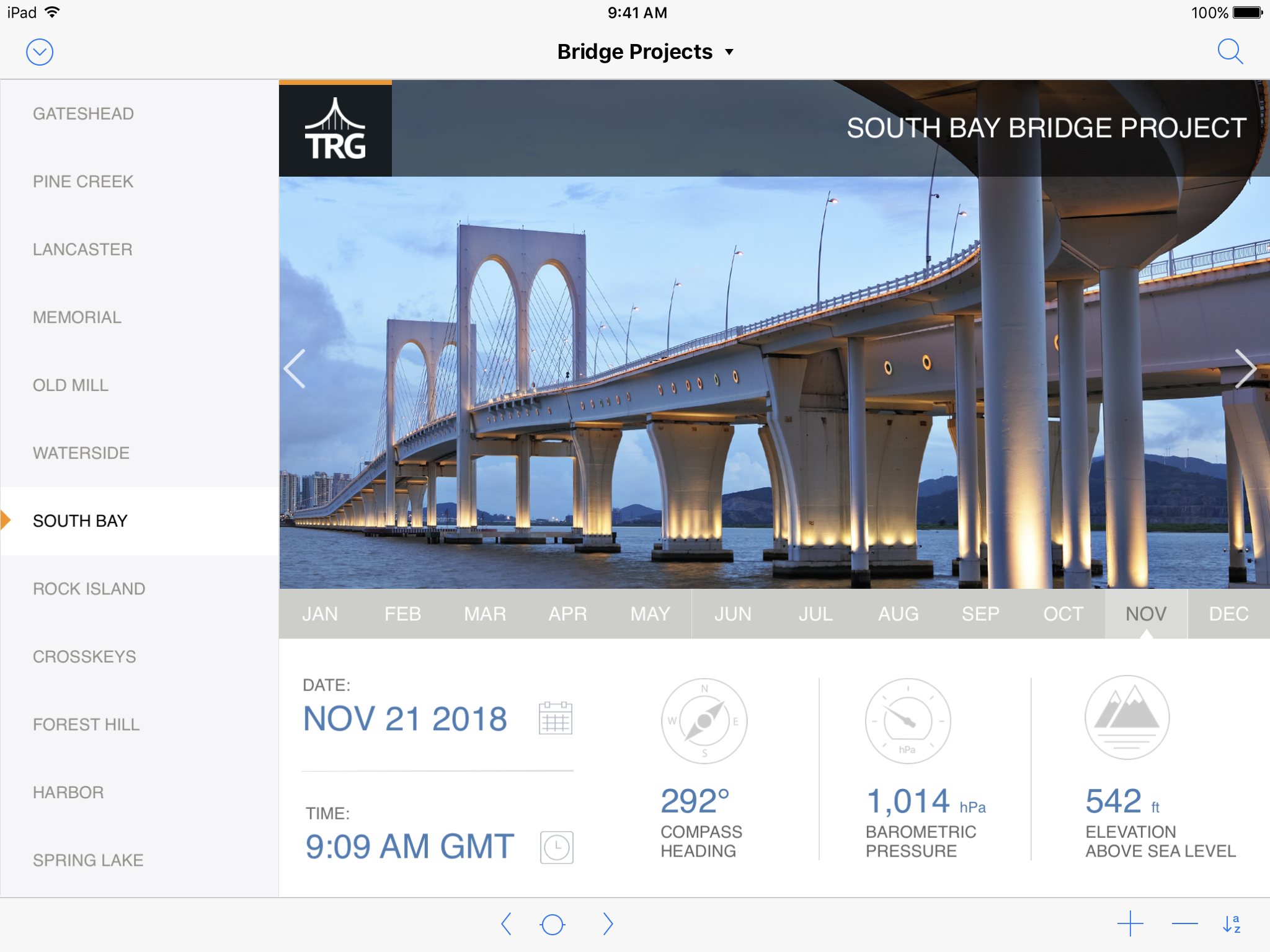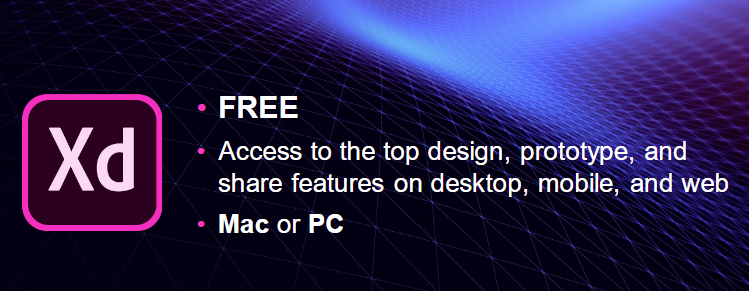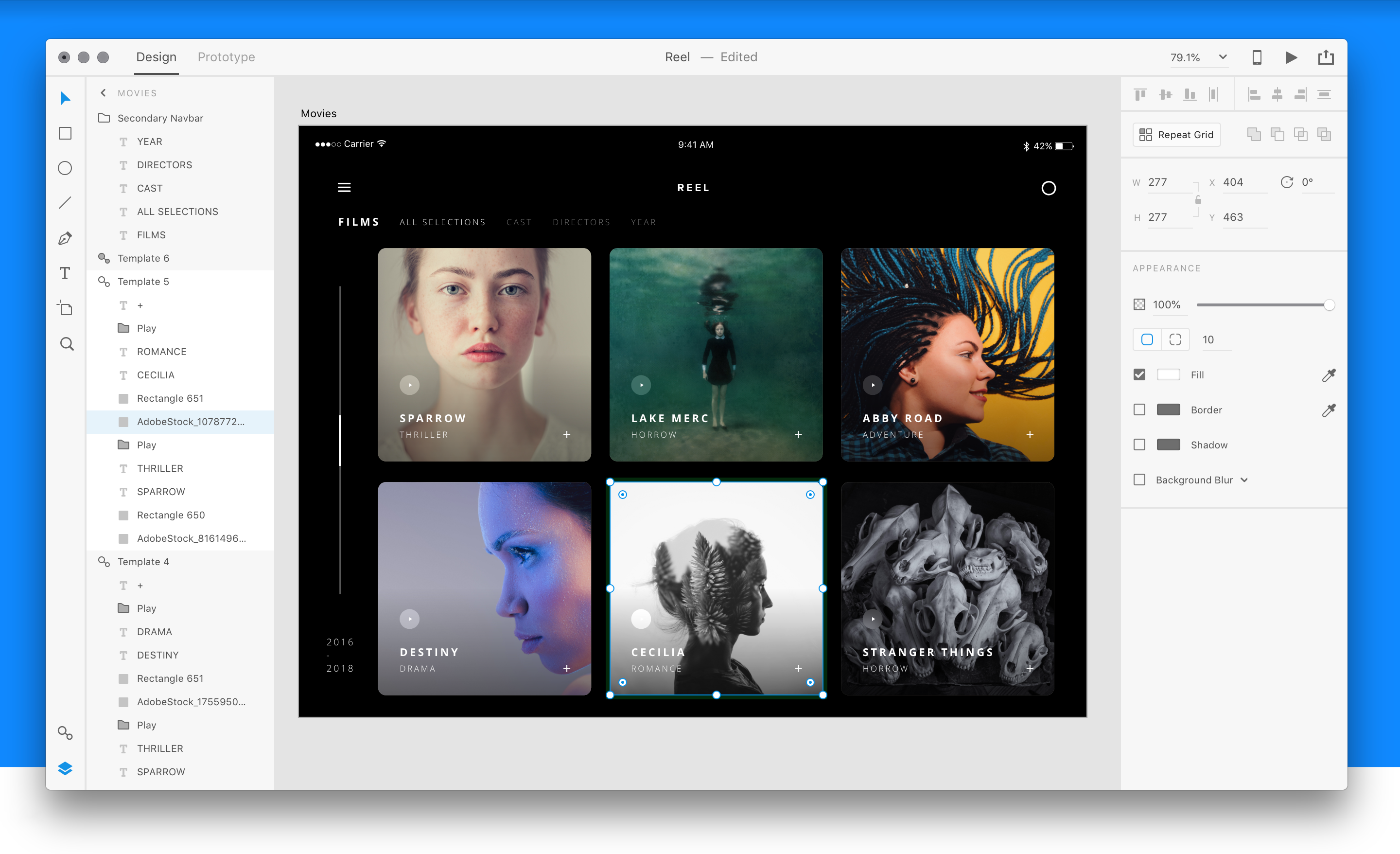Sports is one of the biggest drivers of traffic and engagement on the internet, and today a startup leveraging this, plus the popularity of user-generated content and a back-end infrastructure built to handle scale, is announcing a significant round of funding to take its sports media platform global.
Minute Media — which provides user-generated sports articles and videos from some 5,000 contributors that then gets distributed by brands like Sports Illustrated, as well as on Minute Media’s own sports websites that collectively attract between 80 million and 90 million users per month — has raised $17 million in funding, capital that it will use to expand into new markets like China as well as start to formulate its next steps for tackling other content beyond sports.
This Series F was led by Goldman Sachs, La Maison and Vintage, with participation from existing investors Battery Ventures, Dawn Capital, Qumra Capital, Pro7 and North Base Media. It brings the total raised by Minute Media to $77 million.
Asaf Peled, Minute Media’s founder and CEO, said the startup is not be disclosing its valuation, but according to figures from PitchBook, it appears to be around $200 million. Peled noted that the 80-90 million audience the startup has today is on the back of a growth rate of 130 percent in 2017.
There are many ways of divvying up the lucrative digital market for sports these days. Categories include streamed events, bringing together communities around those events to talk about them, and possibly bet on them, and producing news and analysis related to games, athletes, teams and more.
Minute Media roughly falls into the latter of these, and it’s been developing its business up to now on two tracks.
The first of these is for developing content that Minute Media posts on its own sites — which include football (soccer) site 90min (the biggest with 60 million visitors per month), esports-focused DBLTAP, and the US-focused 12up, plus a range of more localised sites across some 12 markets. These are both accessed by people directly, and in many cases are tapped by local communities of sports enthusiasts, who link to and discuss the content, driving traffic to the sites.
“We have over 1,500 influencer communities integrating with our platform,” Peled said. One example is a group of Real Madrid fans in Vietnam, he said. “They will take pieces of our content and share them among their community, driving traffic to the relevant part of our site. It’s essentially a B2B2C model that is driving a lot of our traffic.”
Most of the content today is word-based, although video is growing, with about 200 million video views on its site each month. Interestingly, this is an area where Minute Media has taken a very different route and stayed away from relying on popular video hosting platforms like Facebook or YouTube, and, by way of AWS, serves everything from its own sites.
The second of these is based around content that Minute Media pushes to the sites of its partners, which Peled said include Sports Illustrated, MSN in the US, ProSieben in Germany and Yahoo Sports in Europe (disclaimer: TC is owned by Verizon’s Oath, which also owns Yahoo), and others that both integrate with Minute Media’s platform and pay a fee to use its content by way of licensing arrangements. The latter makes up around one-third of the startup’s business, Peled said.
You might think what Minute Media is doing a form of a content farm, but Peled would take issue with that. Minute Media’s belief is that sports publishing has lacked a lot of innovation for years, and that — plus sports’ enduring popularity — made it an interesting and lucrative area to tackle.
“When we started looking into sports publishing, we thought the landscape was interesting from a consumer point of view, but lacking in innovation,” he said. “That’s why we decided to take a tech approach, building a platform that would allow us to grow globally, from a single location into a number of localised places.”
On average, Minute Media receives between 4,000 and 5,000 pieces of content per day. Using a team of curators and editors, who will also work with writers and videographers to modify work before it’s published, ultimately it will publish around 1,000 of those items.
Contributors, Peled said, are a mixed bag, ranging from budding journalists, to simply fans who like to write (and might have in the past put this content on to a blog of their own). All contributors, he said, get paid — some more than others. He would not go into the details except to say that it’s partly based on traffic.
The company today counts London as its head office, but it got its start in Israel and still traces its tech DNA back to the country.
As with many startups that come out of Israel, the engineers at Minute Media cut their teeth in the military, and the contribution that this plays here, Peled said, is in building a platform that can scale, handle lots of traffic and optimise itself based on the location where its content is being consumed.
Specifically, he noted that content will load quickly regardless of a viewer’s location or network speed, which is a significant feat if you’ve ever, for example, tried to watch a US-based video when you are in a far-flung location. “This is not an easy problem to solve,” he said, “which is why so many of our competitors are localised.”
Video in emerging markets, Peled explained, specifically “requires a lot of tech scale and backend work and devops that we could not have enabled if we hadn’t been able to recruit such a deep tech team out of Israel. The only other place we could have built something like this is in Silicon Valley. Under one roof we have deep tech and media knowledge.” Some 80 of Minute Media’s 180 employees work in engineering, he said.
That combination is also what attracted the investment.
“The team at Minute Media is rewriting the playbook for sports media”, said Aaron Siegel, MD at Goldman Sachs, in a statement. “Their focus on product, fan empowerment and global scale are key differentiating ingredients in the sector. We look forward to being a part of the continued growth.”







